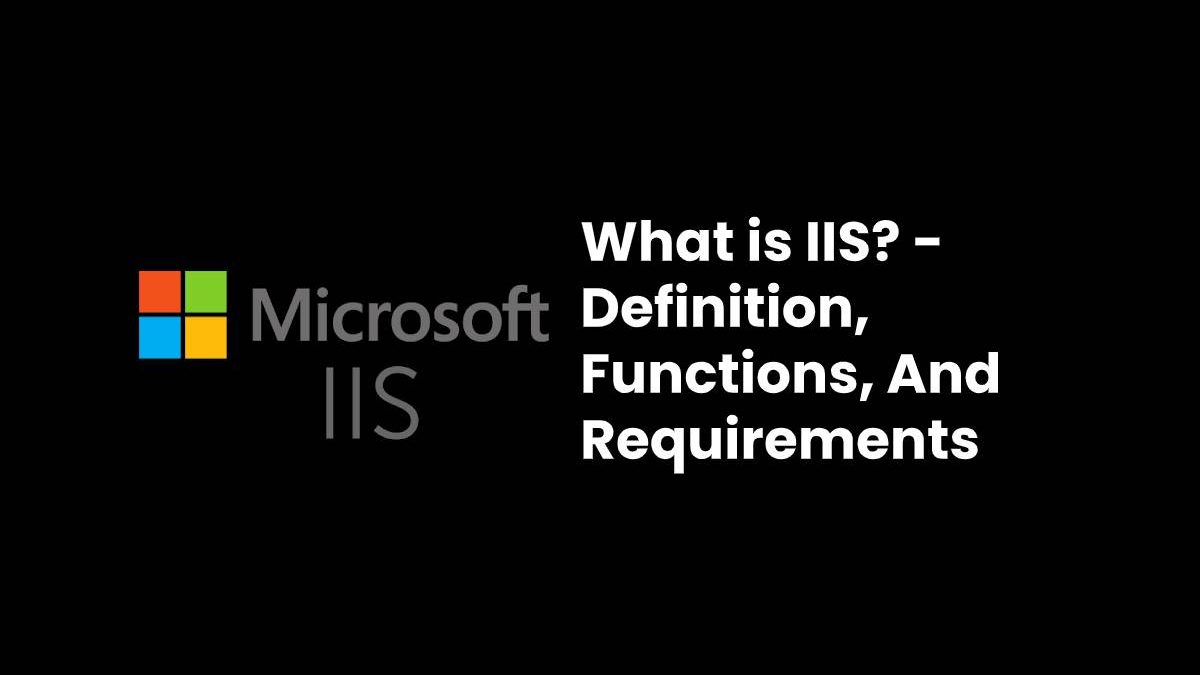Definition Internet Information Services(IIS)
Internet Information Services, created by Microsoft, is an extensible web server used with the Windows NT family. IIS supports HTTP, HTTP/2, HTTPS, FTP, FTPS, SMTP and NNTP.
When we talk about web servers, we usually think of Apache or Nginx; however, another “big one” that has millions of users is IIS, Microsoft’s web server.
IIS is a set of services that transform a Microsoft Windows system into a server capable of offering Web, FTP, and SMTP services, among others.
Initially launched as an Internet-oriented service group for Windows NT 3.51 in 1995, it was not until the following year that (ASP) for Windows NT 4.0 with IIS 3.0 came to light.
For many years IIS was a CD-ROM separate from the Operating System called Option Pack. Only with Windows 2000 was it incorporated into the system installer as a more installable package, varying the limitations depending on the version of Windows.
Since 2016 it is a server that has been growing. Netcraft statistics place it as the most used server as a web server with about 688 million installations followed by Nginx with 358 million and Apache with 313 million.
When looking at the total share of active websites on the Internet, the numbers change, and both Apache and Nginx outperform IIS as a server on more active websites where it drops to 10% of sites.
How does the IIS server handle requests?
Unlike Apache and Nginx that divide the workload into different threads, depending on the configuration. Including one thread for each request, IIS opts for the single process model, that is, a single process handles all requests.
For certain special operations, they delegate to threads; the primary process uses the thread. However, it only transfers part of the responsibility because it is always the fundamental process that receives and responds to the request.
The advantages of IIS is the handling of requests and how to attend it concurrently. Due to the high need of applications to make requests to the server to send and receive data, as well as essential improvements in the asynchronous input and output of data that allow increasing the performance of the application.
Minimum Requirements
The minimum hardware requirements are relatively low; however, these requirements are for installing and starting the services when using it on a production server the power of the processor and the amount of memory depends on
- the amount of traffic,
- the number of users,
- the expected workload.
For the Windows Server 2016 version in the question of the processor, the minimum requirement is a 1.4 GHz CPU, something that most modern CPUs meet; then, performance increases with an increasing number of MHz and CPU cores.

